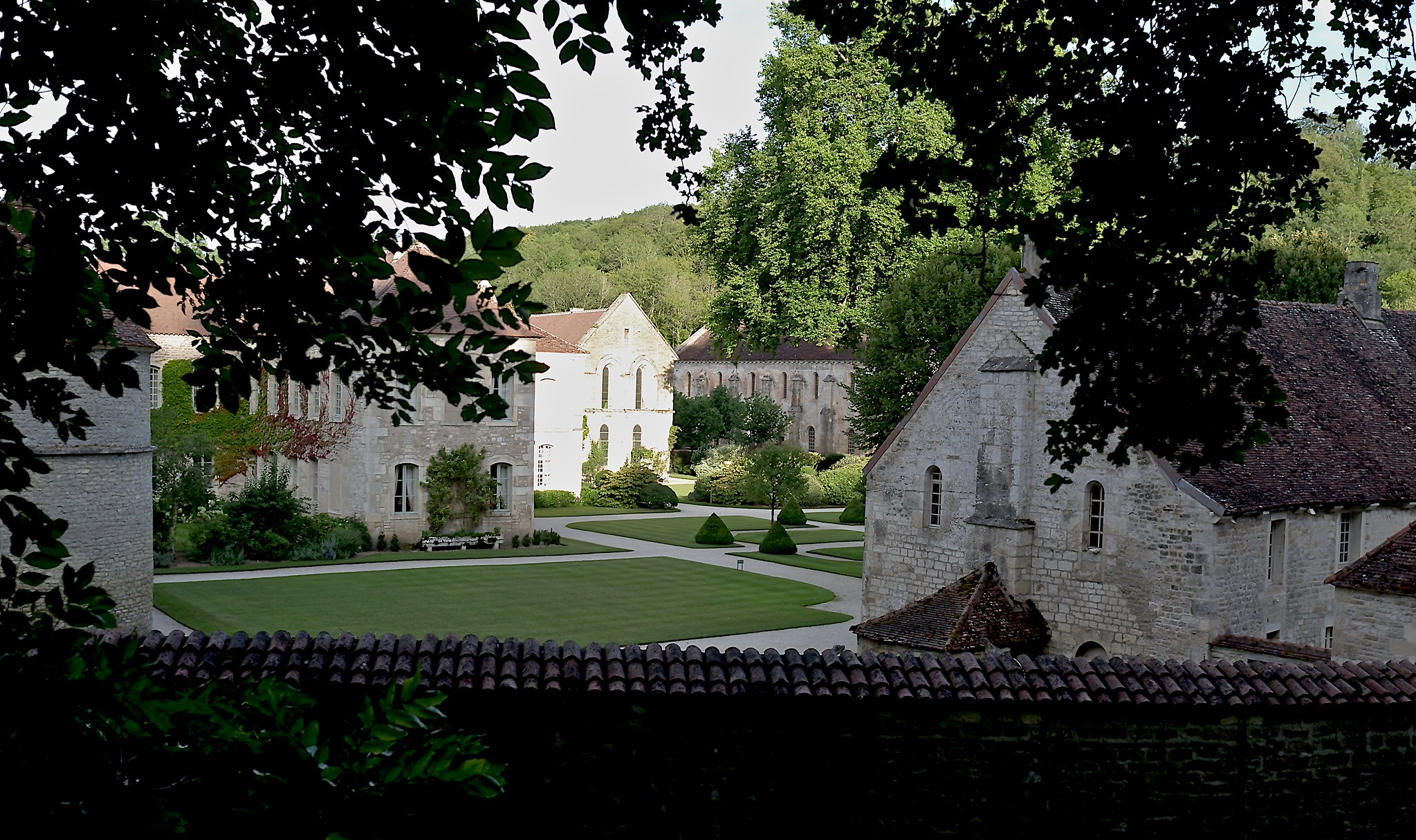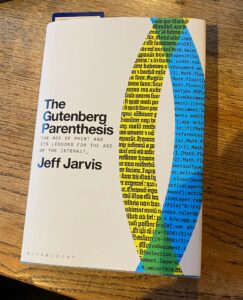Fontenay on an August evening
The Abbey of Fontenay in northern Burgundy. One of the loveliest and most peaceful places I know.
Quote of the Day
”I can always hire mathematicians, but they can’t hire me.” * Thomas Edison
I was thinking about this a few weeks ago when I gave a talk about AI to a hedge fund which employs a hundred mathematicians and 500 software engineers.
Musical alternative to the morning’s radio news
Handel | Ombra mai fu | Xerxes HWV 40 | Andreas Scholl, countertenor.
Long Read of the Day
Open the pod bay doors
You may have seen the recent spate of stories about how ‘AI’ (aka machine-learning) has ‘discovered’ a new antibiotic.
I found this LRB blog post by Liam Shaw really illuminating. Hope you might too.
It has been reported that abaucin was ‘discovered using AI’. This needs a bit of unpacking. Finding any new drug means searching through ‘chemical space’ – the many possible configurations of atoms that can make up molecules. It’s difficult to get a grip on how vast this universe of possibility is. Most drugs consist of molecules with fewer than thirty atoms and a molecular mass of less than 500 daltons (a hydrogen atom has a mass of one dalton, give or take). It’s hard to estimate, but even if you restrict yourself to a handful of elements (carbon, hydrogen, oxygen, nitrogen, sulphur) there are at least 1060 possible molecules that fit these criteria. This is a big number, more than a thousand times the number of hydrogen atoms in the Sun. Exploring this chemical universe in its entirety is impossible. The hope is that using predictive algorithms from machine learning can help guide you to the right galaxy…
Good example of how to explain something that’s rather complex.
An auto CEO came very close to saying the right thing about heavy EV batteries
A story from The Verge.
The race to cram heavier and heavier batteries into bigger and bigger electric vehicles hit a speed bump today when a major automaker CEO finally threw up his hands and asked why.
“I have no idea what’s going on in this industry right now,” Ford CEO Jim Farley said during his company’s capital markets event Monday. He referenced electric vehicles coming out with 450–500 miles of range, including “a three-row crossover” announced today that was likely the new electric Cadillac Escalade.
Higher ranges will necessitate bigger batteries, he noted, adding, “These batteries are huge.”
“These batteries are huge.”
Farley is right. US automakers are relying on supersized batteries to power their equally supersized EVs — namely, all the electric trucks that will soon flood the US market…
That’s why taxing EVs on kerbside weight might be the right thing to do.
Books, etc.
Jeff Jarvis’s new book arrived the other day (I’m reviewing it for The Literary Review). It’s basically a book-length exploration of an idea first articulated by the Danish scholar Thomas Pettitt in 2010 — the notion that the period from, roughly, the 15th century to the 20th, an age defined by textuality — was really an interruption (a parenthesis) in the broader arc of human communication. And that we are now, via the architecture of the web, gradually returning to a state in which pre-Gutenberg orality — conversation, gossip, ephemera — defines our media culture.
There’s a nice video clip of Pettitt explaining his idea here.
I’m looking forward to seeing what Jeff does with it.
My commonplace booklet
Submarine cable map of the world
Cyberspace was once defined (by William Gibson, I think) as “the space behind the screen”. Nowadays, I suppose that people think of it as residing in the ‘Cloud’ (another misleading euphemism for thousands of huge metal sheds called ‘data-centres’ or even ‘server farms’. But there are good grounds for thinking that Cyberspace also exists underwater, in the global network of submarine cables.
Note also how the cables mirror the pathways of 19th century colonial power.
This Blog is also available as a daily email. If you think that might suit you better, why not subscribe? One email a day, Monday through Friday, delivered to your inbox. It’s free, and you can always unsubscribe if you conclude your inbox is full enough already!


